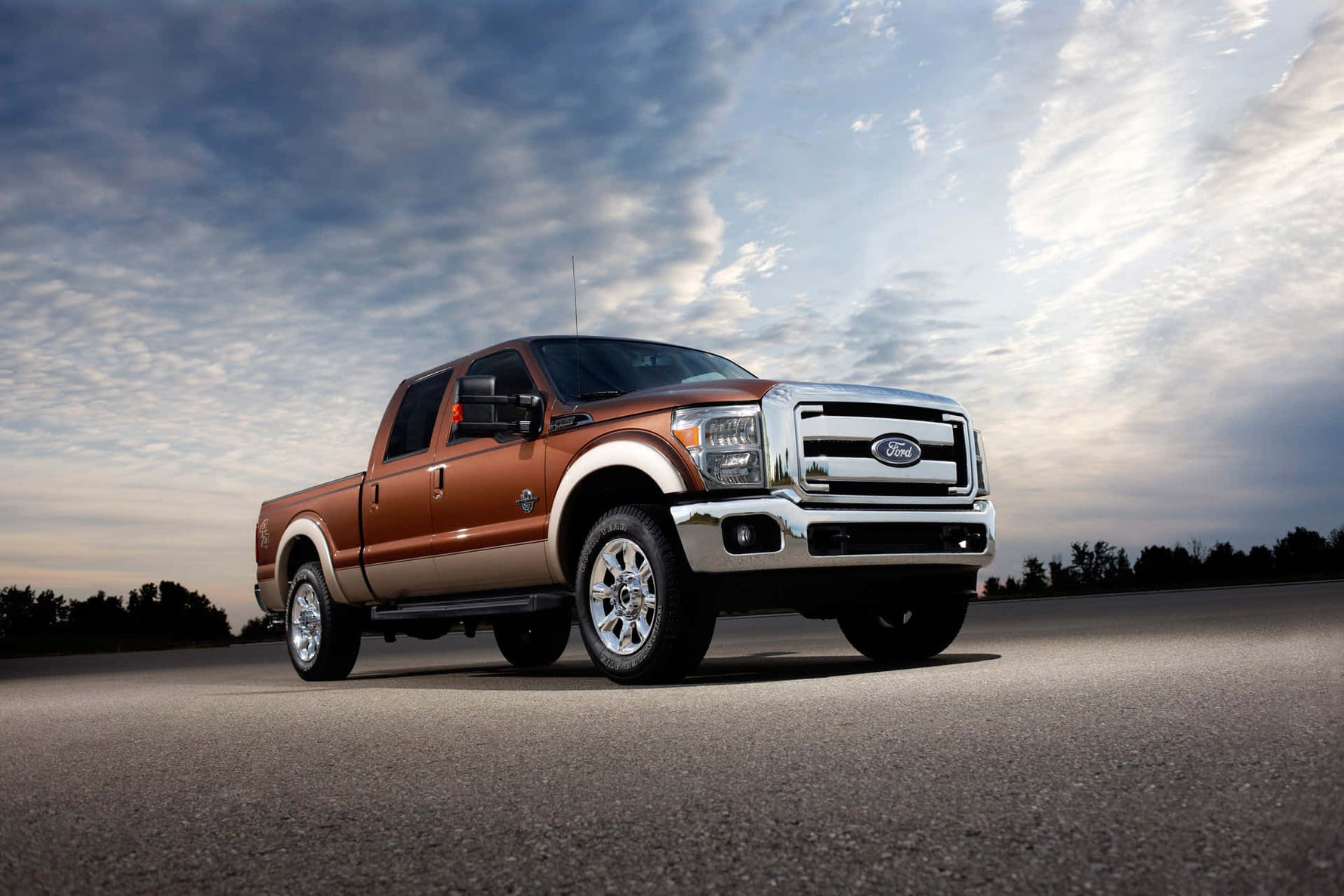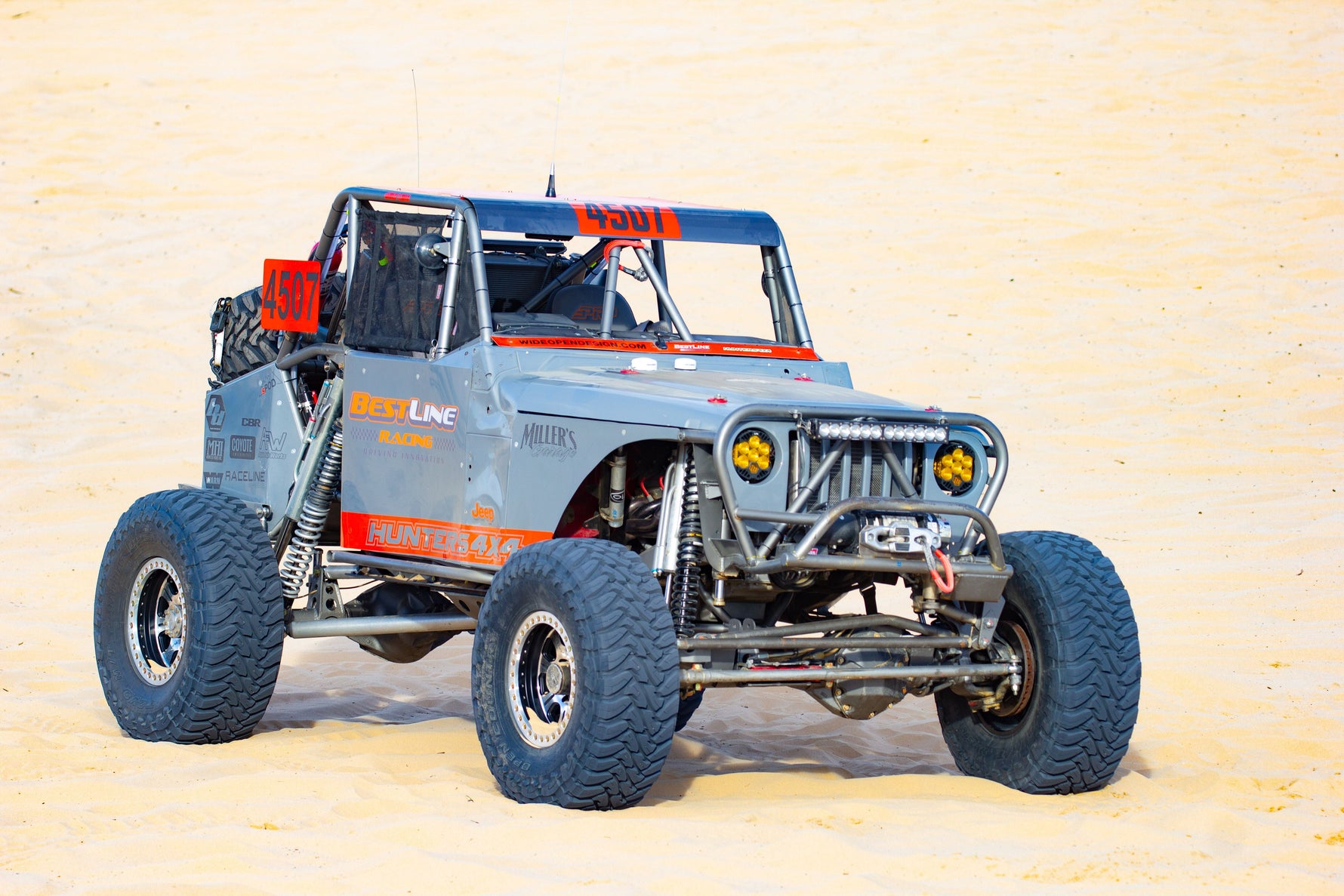Diesel Xcelerator™ by BestLine Racing Diesel Fuel Additive: The Key to Better Mileage, Cleaner Emissions, and Fewer DPF Regenerations for Trucking & Farming Fleets
For operators in the trucking and farming industries, the push for higher fuel efficiency, lower emissions, and reduced maintenance downtime is relentless. Modern diesel engines, while more efficient and cleaner than ever, face challenges from lower-quality fuels and strict emissions standards. This is where properly formulated diesel fuel additives—especially fuel catalysts and cetane improvers—are making a measurable difference.
How Diesel Fuel Additives Work
Diesel fuel additives are specialized chemicals blended into diesel fuel to enhance its properties. When formulated with proven technologies, these additives can:
Increase fuel mileage by improving combustion efficiency
Reduce emissions by promoting a more complete burn
Extend the interval between Diesel Particulate Filter (DPF) regenerations by reducing soot formation at the source.
The Science: Fuel Catalysts & Cetane Improvers
Additive Type
Key Function
Main Benefits for Fleets
Fuel Catalysts
Enhance combustion, promote more complete burn
Higher mileage, fewer emissions, less DPF soot, more power
Cetane Improvers
Raise cetane number, accelerate ignition
Smoother operation, increased power, better cold starts, improved fuel economy, lower emissions
Fuel Catalysts
Catalysts work by modifying the combustion process, allowing diesel molecules to burn more completely and at lower temperatures. This means:
More energy is extracted from every drop of fuel, translating to up to 10% better thermal efficiency and noticeable fuel savings.
Soot and particulate matter (PM) are reduced at the source, resulting in less buildup in the DPF and longer intervals between required regenerations.
Emissions decrease: Hydrocarbons (HC), carbon monoxide (CO), NOx, and PM are all reduced, making compliance with environmental regulations easier and reducing your fleet’s environmental footprint.
Cetane Improvers
Cetane number is a measure of how quickly and efficiently diesel fuel ignites under pressure. Many fuels, especially in the US, have cetane numbers below optimal levels for modern engines.
Cetane improvers (such as those from BestLine Racing and other leading producers) raise the cetane number by several points, resulting in:
Faster, more uniform ignition, which means smoother engine operation, less knocking, and quieter running.
Improved fuel economy: More complete combustion means more power and fewer unburned hydrocarbons, leading to up to 7% better mileage in some cases.
Lower emissions: Reduced ignition delay cuts down on white smoke, particulate matter, and other harmful exhaust components.
Easier cold starts and less engine wear, especially important for heavy-duty and agricultural equipment operating in variable conditions.
Real-World Results
BestLine Racing Diesel Fuel Treatment: In field trials, trucks using this additive saw a 62% reduction in DPF regeneration frequency, decreased fuel consumption, and improved driving responsiveness—especially under heavy load and frequent stop-start conditions.
Everyday Diesel Treatment (EDT)by BestLine Racing: Demonstrated up to 9.3% improvement in fuel economy, better power, and cleaner DPFs, with regular use recommended for best results.
Fuel Catalysts like Max Mileage: Reported up to 10% better thermal efficiency and significant reductions in soot, leading to fewer DPF regens and longer engine life.
Why This Matters for Trucking & Farming
Lower fuel costs: Even a 5–10% improvement in fuel economy can save thousands of dollars per vehicle per year.
Less downtime: Fewer DPF regens mean more time working and less time in the shop, critical for both logistics and harvest windows.
Reduced maintenance: Cleaner combustion leads to less engine and after treatment wear, lowering repair costs and extending asset life.
Environmental compliance: Lower emissions help fleets meet tightening standards without expensive hardware upgrades.
Choosing the Right Additive
Look for additives from reputable producers such as BestLineRacing.com, which back their products with laboratory and real-world validation. Consider products that combine cetane improvement, fuel system cleaning, and combustion catalysts for maximum benefit. Always follow manufacturer guidelines for compatibility and dosing.
Bottom line: For trucking and farming operations, investing in quality diesel fuel additives—especially those that combine fuel catalysts with cetane improvers—can deliver real, measurable improvements in fuel economy, emissions, and DPF maintenance. With the right product, your fleet can run cleaner, longer, and more efficiently than ever before.
For more information please contact us here:





















